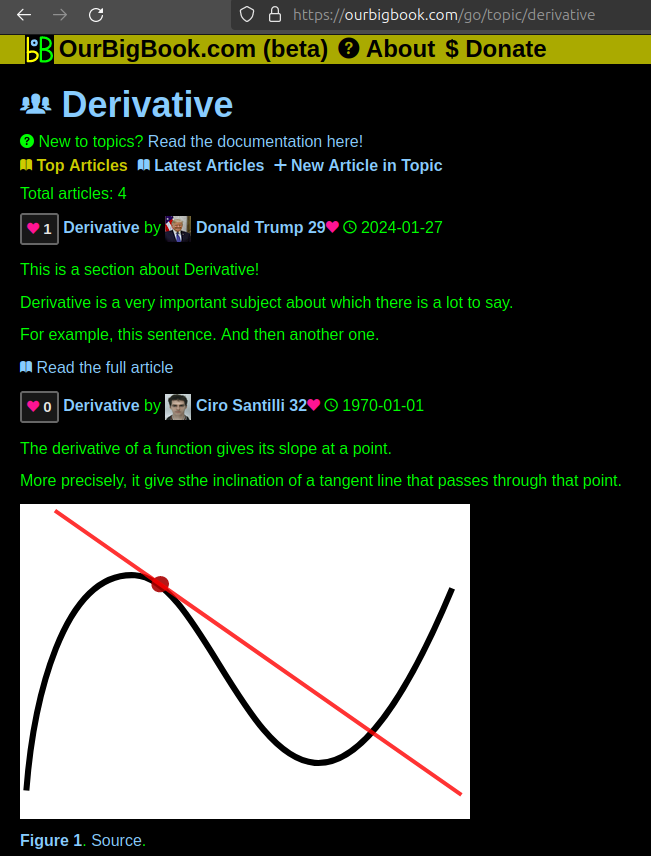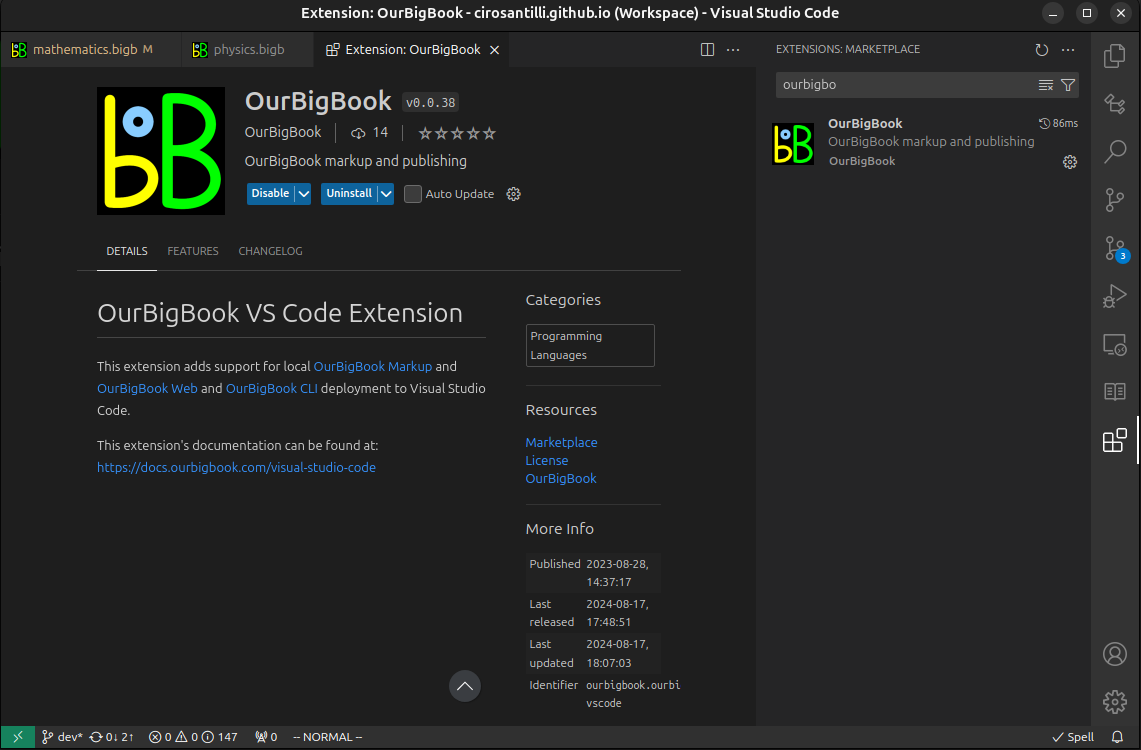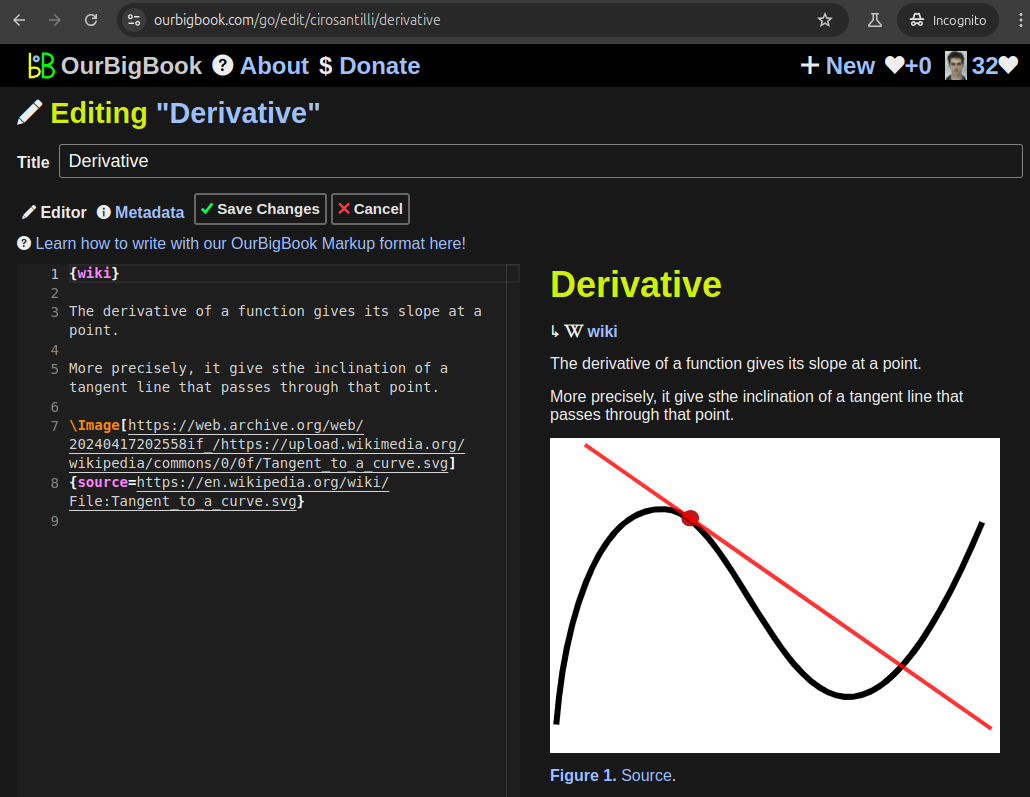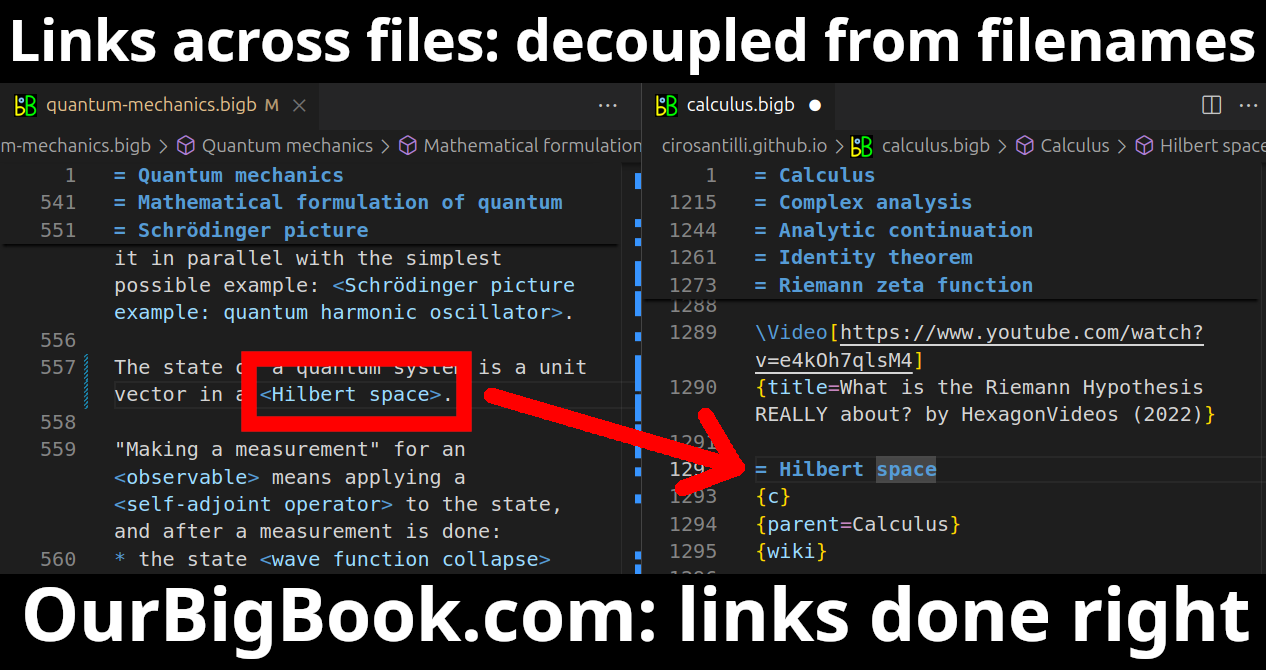The ethics of uncertain sentience refers to the moral considerations and responsibilities we have toward entities whose capacity for sentience—defined as the ability to experience feelings and sensations—is uncertain or unclear. This concept is particularly relevant in the context of emerging technologies, artificial intelligence, non-human animals, and even systems like ecosystems. Here are some key aspects of this ethical dilemma: 1. **Definition of Sentience**: Sentience typically involves the capacity to feel pain, pleasure, and various emotional states.
"Mind at Large" is a concept often associated with the work of psychologist and philosopher Aldous Huxley, particularly in his book "The Doors of Perception," published in 1954. In this work, Huxley explores themes related to the nature of consciousness, perception, and altered states of mind, often influenced by his experiences with psychedelic substances like mescaline.
Panpsychism is a philosophical view that posits that consciousness or mental properties are fundamental and ubiquitous features of the universe. According to this perspective, even the smallest parts of matter possess some form of consciousness or experience, although it may be very different from human consciousness.
Psychological nominalism is a philosophical viewpoint that posits that abstract concepts or general terms do not correspond to any real, independent entities, but are instead mere names or labels that we use to describe groups of particular objects or experiences. In psychology, this perspective implies that our understanding of mental categories, such as emotions, thoughts, or personality traits, is shaped by language and social conventions rather than by any inherent, objective realities.
Bridgman's thermodynamic equations refer primarily to a set of relations that describe the behavior of certain thermodynamic systems, particularly those involving phase transitions and the effects of pressure and temperature on thermodynamic properties. These equations were developed by the American physicist Percy Williams Bridgman, who made significant contributions to the field of thermodynamics, especially under conditions of high pressure. Bridgman's work often focused on the relationships among pressure, volume, temperature, and entropy in various phases of materials.
The Szyszkowski equation is a mathematical relationship used in the field of adsorption science. It describes the adsorption of a solute onto an adsorbent material and can be particularly useful in studying the behavior of various substances in terms of their adsorption isotherms.
The Lee-Kesler method is a mathematical approach used in thermodynamics and chemical engineering to estimate the properties of fluid mixtures, particularly for the calculation of phase behavior and thermodynamic properties of mixtures containing hydrocarbons and other compounds. The method was developed by the researchers K. Lee and M. Kesler in the early 1970s.
Electron bifurcation is a biochemical process that refers to the ability of certain enzymes to utilize a single electron to drive two separate exergonic (energy-releasing) reactions, effectively coupling them in a way that allows the enzyme to perform work that would not be possible through conventional mechanisms. This process is particularly relevant in bioenergetics and metabolism, as it allows organisms to conserve energy in a more efficient manner.
An endergonic reaction is a type of chemical reaction that requires an input of energy to proceed. In these reactions, the free energy of the products is greater than the free energy of the reactants, which means that the overall change in free energy (ΔG) is positive. This characteristic indicates that the reaction is not spontaneous; it won't occur without an external source of energy. Endergonic reactions are common in biological systems.
In thermodynamics, a **state function** (or state variable) is a property that depends only on the current state of a system and not on the path taken to reach that state. This means that the value of a state function is determined by the particular condition of the system, such as its temperature, pressure, and volume, rather than how the system arrived at that condition.
"Reduced properties" typically refer to a set of thermodynamic properties that are used to characterize the behavior of substances in relation to their critical points. These properties are particularly useful in the study of gases and other substances in various thermodynamic processes. The reduced properties are defined as follows: 1. **Reduced Temperature (\( T_r \))**: This is defined as the ratio of the temperature of the substance to its critical temperature (\( T_c \)).
Hitscan is a term commonly used in the context of video games, particularly in first-person shooters (FPS) and other action games. It refers to a type of weapon or attack that determines whether a shot hits an enemy instantaneously based on the player's aim, without accounting for projectile travel time. In hitscan mechanics, when a player fires a weapon, the game immediately calculates if the shot intersects with any targets in the line of fire, typically using raycasting.
Morton Gurtin was a prominent American mathematician, primarily known for his work in the fields of applied mathematics and mathematical physics. He made significant contributions to continuum mechanics, particularly in the areas of phase transitions, thermodynamics, and the development of mathematical models for materials. His work often involved the use of variational principles and computational methods to solve complex problems related to the behavior of materials under various conditions.
Otto Redlich was an Austrian physicist known for his work in the field of thermodynamics and the study of heat and temperature. He made significant contributions to the understanding of thermodynamic properties and their applications in various physical processes. His name is sometimes associated with the Redlich-Kwong equation of state, which is a cubic equation used to describe the behavior of gases and liquid mixtures.
In physics, the term "residual property" can refer to various concepts depending on the context, but it is most commonly associated with materials science, thermodynamics, and fluid mechanics. Here are a couple of common interpretations: 1. **Residual Stress**: This refers to internal forces that remain in a material after the original cause of the stresses has been removed. Residual stresses can significantly affect the material's strength, durability, and overall performance.
Specific heat capacity, often simply referred to as specific heat, is a physical property of a substance that measures the amount of heat energy required to raise the temperature of a unit mass of that substance by one degree Celsius (or one Kelvin). The specific heat capacity is typically denoted by the symbol \( c \) and is expressed in units such as joules per kilogram per degree Celsius (J/kg·°C) or joules per kilogram per Kelvin (J/kg·K).
Edward A. Guggenheim (1902–1971) was a notable British physicist and chemist, primarily recognized for his contributions to the fields of thermodynamics and physical chemistry. He is particularly well-known for his work on the thermodynamic properties of gases and the development of statistical mechanics. Guggenheim had an influential academic career and published several papers and books that advanced understanding of thermodynamic principles and their applications.
Joel Lebowitz is a prominent American mathematical physicist notable for his contributions to statistical mechanics, dynamical systems, and probability theory. He is well-known for his work on the foundations of statistical mechanics and has made significant contributions to understanding non-equilibrium processes. Lebowitz has been involved in various academic and research initiatives and is recognized for his influence on both theoretical and applied aspects of physics. He has held positions at several prestigious institutions and has authored numerous papers and articles throughout his career.
George N. Hatsopoulos is an accomplished engineer and entrepreneur known primarily for his contributions in the fields of aerospace engineering and energy. He is also noted for his role as a co-founder of Thermo Electron Corporation (now part of Thermo Fisher Scientific), a company that focuses on analytical instruments, lab equipment, and biotechnology. Hatsopoulos has had a significant impact on various technological advancements and has been involved in several ventures across different sectors.
Pinned article: Introduction to the OurBigBook Project
Welcome to the OurBigBook Project! Our goal is to create the perfect publishing platform for STEM subjects, and get university-level students to write the best free STEM tutorials ever.
Everyone is welcome to create an account and play with the site: ourbigbook.com/go/register. We belive that students themselves can write amazing tutorials, but teachers are welcome too. You can write about anything you want, it doesn't have to be STEM or even educational. Silly test content is very welcome and you won't be penalized in any way. Just keep it legal!
Intro to OurBigBook
. Source. We have two killer features:
- topics: topics group articles by different users with the same title, e.g. here is the topic for the "Fundamental Theorem of Calculus" ourbigbook.com/go/topic/fundamental-theorem-of-calculusArticles of different users are sorted by upvote within each article page. This feature is a bit like:
- a Wikipedia where each user can have their own version of each article
- a Q&A website like Stack Overflow, where multiple people can give their views on a given topic, and the best ones are sorted by upvote. Except you don't need to wait for someone to ask first, and any topic goes, no matter how narrow or broad
This feature makes it possible for readers to find better explanations of any topic created by other writers. And it allows writers to create an explanation in a place that readers might actually find it.Figure 1. Screenshot of the "Derivative" topic page. View it live at: ourbigbook.com/go/topic/derivativeVideo 2. OurBigBook Web topics demo. Source. - local editing: you can store all your personal knowledge base content locally in a plaintext markup format that can be edited locally and published either:This way you can be sure that even if OurBigBook.com were to go down one day (which we have no plans to do as it is quite cheap to host!), your content will still be perfectly readable as a static site.
- to OurBigBook.com to get awesome multi-user features like topics and likes
- as HTML files to a static website, which you can host yourself for free on many external providers like GitHub Pages, and remain in full control
Figure 3. Visual Studio Code extension installation.Figure 4. Visual Studio Code extension tree navigation.Figure 5. Web editor. You can also edit articles on the Web editor without installing anything locally.Video 3. Edit locally and publish demo. Source. This shows editing OurBigBook Markup and publishing it using the Visual Studio Code extension.Video 4. OurBigBook Visual Studio Code extension editing and navigation demo. Source. - Infinitely deep tables of contents:
All our software is open source and hosted at: github.com/ourbigbook/ourbigbook
Further documentation can be found at: docs.ourbigbook.com
Feel free to reach our to us for any help or suggestions: docs.ourbigbook.com/#contact






